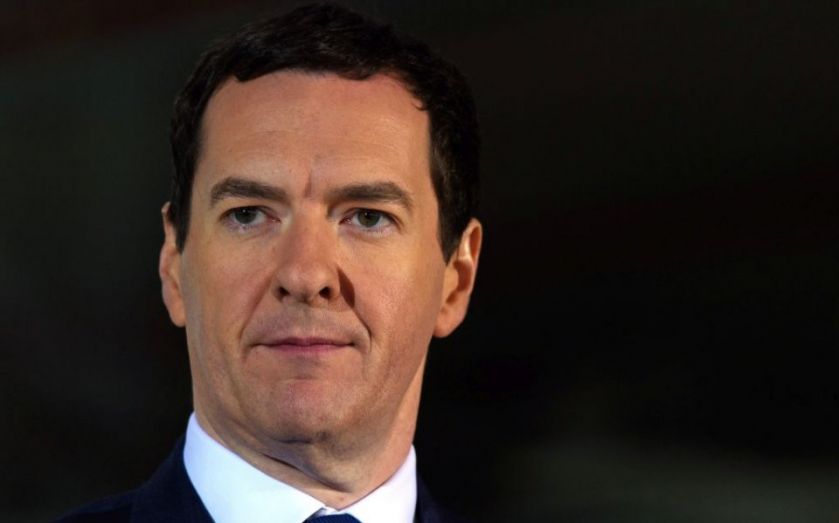The OBR deficit conundrum: Why all is not necessarily rosy in George Osborne’s fiscal garden

The office for Budget Responsibility (OBR) finds a £27bn improvement in the public finances” is the message that many will have taken away from last week’s Autumn Statement and Spending Review. Combined with the deficit (PSNB) moving into surplus at the end of the forecast period, and the fall in total public spending as a proportion of GDP from a peak of 45.7 per cent (in 2009-10) to 36.4 per cent (in 2020-21), all looks rosy in the fiscal garden. Or does it?
The lesson of economic history is that the error factor on public sector net borrowing is around 1 per cent of GDP per annum. Half of this is attributable to errors in GDP forecasting and half to errors in the public finance forecasts. In other words, five years from now, the actual outturn could be plus or minus 5 per cent of GDP compared with the OBR forecast. If we take the projected small surplus in 2020-21 as approximate balance in the public finances, it is perfectly reasonable to argue, on the basis of historical experience, that the eventual outturn could be a surplus or deficit of around 5 per cent of GDP.
Let’s look at the case for both a surplus and a deficit. The OBR is forecasting growth at around 2.4 per cent a year over the forecast period. One can never be certain what drives such forecasts. One thing for sure, however, is that it’s not attributable to a deep-seated conviction that GDP growth will settle at 2.4 per cent a year. Is it a guess? Or since identifying turning points is so difficult, does it just make more sense to extrapolate an estimate of trend or potential output growth?
But herein lies a conundrum. Will underlying potential output growth improve over the forecast period due to the shrinkage in the size of the state? If one applies the results of recent empirical research, the projected 9.3 percentage points of GDP reduction in the size of the state should add between 0.5 and nearly 1 percentage points to annual potential output growth over the decade from 2009-10.
We’re roughly halfway there, and so trend growth could accelerate by 0.25 to 0.5 per cent over the next five years due to the supply side shift of resources from the public to private sectors. Of course, there is more to the supply side than the size of the state, and so other factors could work to dampen or fuel growth at the same time. But there is the possibility that underlying annual growth could exceed the 2.4 per cent OBR forecast and permit the Monetary Policy Committee to allow the economy to run at a faster pace, without igniting inflationary pressures.
The flip side of this argument is that the continued legacy of the financial crisis and the total growth in the size of the state over recent decades (including regulatory influences) will continue to dampen growth and make the 2.4 per cent per annum projected growth rate very difficult to achieve. On top of this, of course, is the ever-present risk that there will be another economic downturn over the next five years. It won’t be long until the Great Recession will have been almost a decade ago. In such circumstances, some form of reassertion of the business cycle, in the form of a downturn, is very possible. Normalisation of monetary policy needs to avoid – over the next five years – the normalisation of the economic cycle, if the surplus is to be achieved.